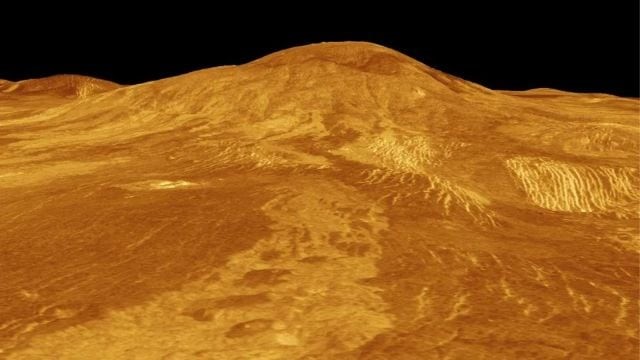Free Courses Sale ends Soon, Get It Now


Free Courses Sale ends Soon, Get It Now



Source: IndianExpress
Disclaimer: Copyright infringement not intended.
Context
Details
Key Discoveries
Future Missions
About Magellan Mission
Objectives
Spacecraft and Instruments
Achievements
Must read article:
Sources:
|
PRACTICE QUESTION Q. Consider the following statements about Venus:
Which of the above statements are correct? a) 1 and 2 only Answer: d |
© 2024 iasgyan. All right reserved